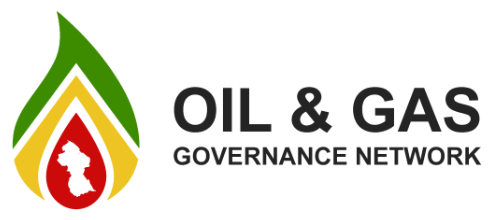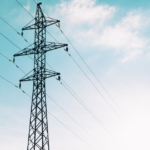Hello Guyanese citizens, in this video, OGGN seeks to explain some basic words and terms related to oil and gas. The goal in this video series is to help you understand the oil and gas industry, and to help you be prepared to benefit from all the opportunities that will become available.
The production of oil is new in Guyana, having started in December 2019. The country has just finished 1 year of oil operations in December 2020. We expect Oil and Gas to be a major driver of the Guyanese economy and society. Oil is expected to bring about many major changes including new industries and businesses, new jobs, new training opportunities, and new sources of income for the country.
To understand oil and gas, there are some basic oil terms you need to know.
Let’s start with the word “oil.” What is oil? Oil, also referred to ascrude oil, is a naturally occurring substance, formed millions of years ago by rotted and compressed plant materials. In its unrefined state, this crude oil or petroleum product is composed mainly of compounds of hydrogen and carbon called hydrocarbons, mixed with methane gas as in cooking gas, together with other organic materials, and salt water.
Oil is a type of fossil fuel. These fuels are found in the Earth and can be burned for energy. Coal, oil, and natural gas are examples of fossil fuels.
When petroleum or these fossil fuels are processed and refined, they produce usable products such as gasoline, diesel, kerosene, jet fuel, asphalt, and various other oil products called petrochemicals.
One major problem of fossil fuels is, if managed poorly, when such fuel is burned, harmful discharges can pollute the atmosphere and environment.
Oil and Gas are nonrenewable resources, which means they cannot be replaced naturally once they are used up. They are a limited resource which can be depleted or finished after a period of time. That is why, careful planning is needed to make sure oil resources are used wisely to benefit a country for a long time.
Crude oil obtained through drilling, is usually found alongside other resources, such as “associated” natural gas.
Oil may be found on land below the earth or below the sea. Where a lot of oil is found in one area, that is called an oil reservoir or an oil block. Oil blocks may be large with billions of barrels of oil or smaller with tens of millions of barrels of oil. The Stabroek Block is Guyana’s largest oil block containing an estimated 9 billion barrels of oil.
Oil companies have to set up oil wells to pump oil to the surface and into large containers on ships called oil tankers. The ships which are used offshore for drilling for oil and gas in the sea are floating vessels called FPSOs (Floating Production Storage and Offloading).
At this time, all of Guyana’s oil wells are in the sea, so they are off-shore oil. If oil is found by drilling on the land, that will be called in-shore oil. Guyana’s oil in the sea is about 100-200 kilometres from the shore. All operational materials and food supplies needed by the FPSOs have to be transported from shore. This requires many service providers and creates jobs for workers.
When oil is found, it can be of 2 main types – light oil or heavy oil.
Light oil, also called light crude, is good oil. Heavy oil or heavy crude is not so good.
Crude oil is categorized as “sweet” or “sour” depending on the level of sulfur in the unrefined oil. Light crude oil which contains minimal amounts of impurities, especially low sulfur content, is classified as “sweet oil.” Heavy crude oil with a higher sulfur content is classified as “sour oil.” A heavy sulfur content in oil is considered undesirable. Therefore, sweet crude is typically more desirable and valuable than sour crude.
Generally, the heavier the crude oil, the greater is its sulfur content, and the greater is the cost of refining such oil. Excess sulfur is removed from crude oil during refining. Sulfur oxides released into the atmosphere during combustion of oil are a major pollutant of the environment, unless there are environmental protection measures.
When wells are drilled to pump out the oil, that oil is measured in barrels per day. By December 2020, the oil companies in Guyana were bringing up 120,000 barrels per day. (One barrel contains 42 gallons of oil). Please see our other oil videos on our website, for more information. Thank you.






